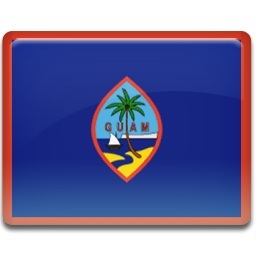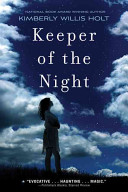by Monique Storie, University of Guam
 Question: When is it okay to use a native language in a children’s book?
Question: When is it okay to use a native language in a children’s book?
This question has been sitting at the back of my mind for some time now. For about fifteen years, I have been working with a group who are passionate about preserving and promoting the indigenous cultures within the Micronesian region. I have participated in events, activities and projects to keep the Chamorro culture alive and the Chamorro language has been a crucial part of these efforts. The Chamorro language is an essential part of the Marianas archipelago’s cultural identity because language is one of the last distinctly Chamorro elements left. Because of that, I am moved by the sound of our elders singing and am filled with hope when I hear young children talking with each other or with their parents in Chamorro. I support publishing books, songs, and news articles in Chamorro. But despite all my pride and elation, despite all my advocacy and academic understanding, I find myself conflicted about using Chamorro for children’s books. Continue reading


 One of the themes that intrigued me when I was doing my dissertation on Chamorro literature was the idea of simplicity that emerged from the teachers’ comments. Anthropological research reveals Chamorros have a complex network of reciprocal arrangements that binds the community together (Thompson, 1969, de Valle, 1978). My own experience has taught me that being Chamorro is far from simplistic. We have an intricate maze of relations that we must know and be able to navigate within (e.g. which person should be greeted first, second, and so on, when entering a room full of relatives). Coming from these contexts, comments like “Chamorros are simple people” really stand out.
One of the themes that intrigued me when I was doing my dissertation on Chamorro literature was the idea of simplicity that emerged from the teachers’ comments. Anthropological research reveals Chamorros have a complex network of reciprocal arrangements that binds the community together (Thompson, 1969, de Valle, 1978). My own experience has taught me that being Chamorro is far from simplistic. We have an intricate maze of relations that we must know and be able to navigate within (e.g. which person should be greeted first, second, and so on, when entering a room full of relatives). Coming from these contexts, comments like “Chamorros are simple people” really stand out.